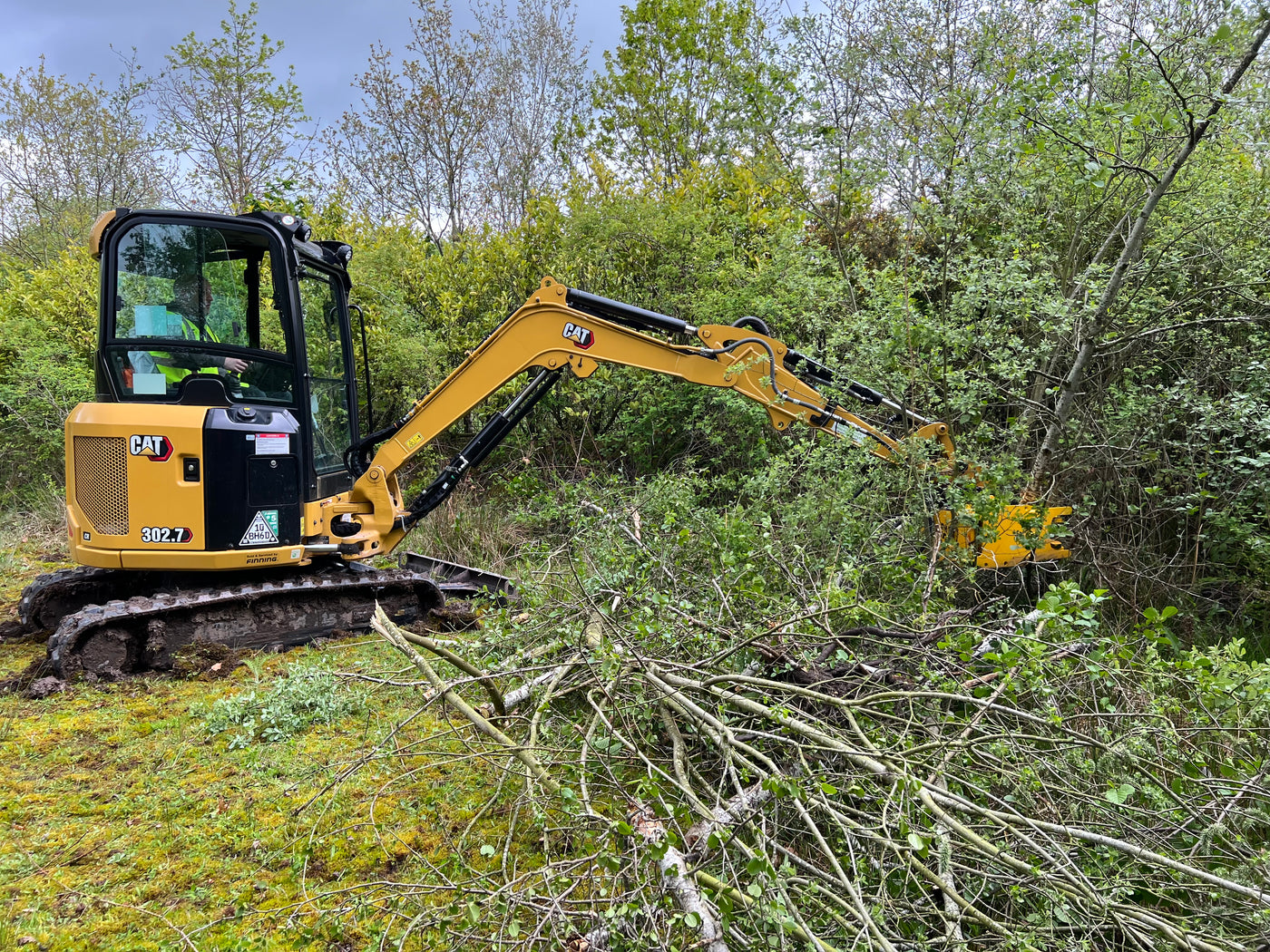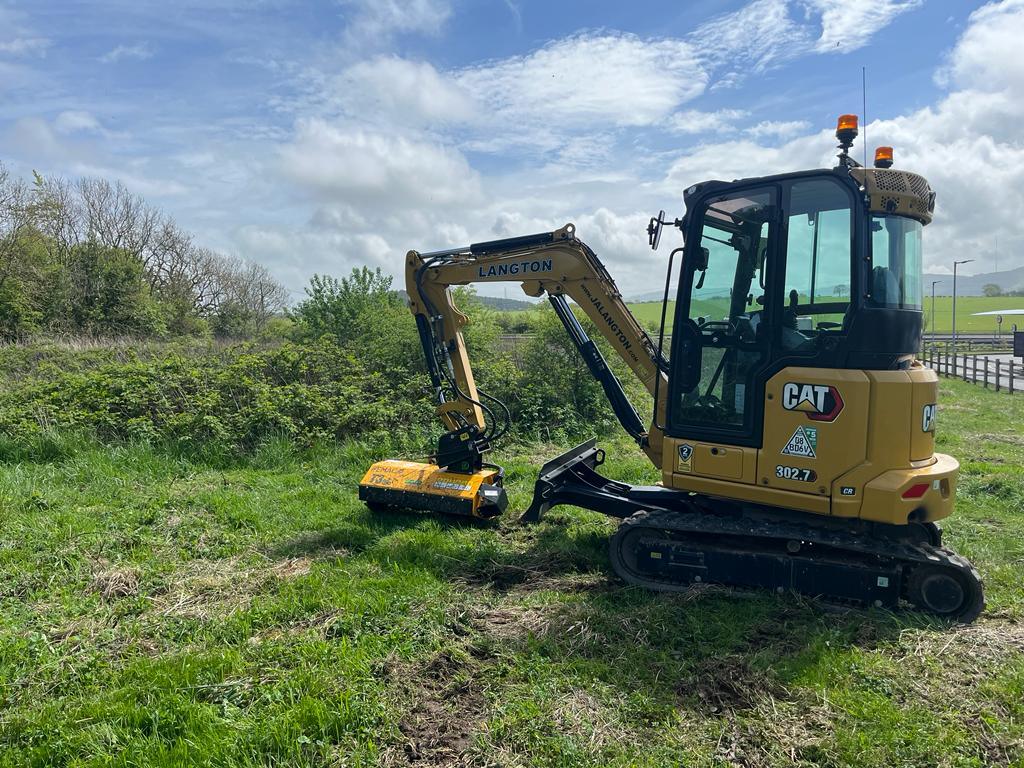UK Tree & Hedge Cutting
Balancing Safety with Wildlife Protection
In the UK, landowners, councils, and contractors are encouraged to limit tree, hedge, and scrub cutting between March and August. This period marks the main bird nesting season, and unnecessary disturbance can have a serious impact on wildlife. These guidelines are supported by the Wildlife and Countryside Act 1981, which makes it a legal offence to intentionally damage or destroy the nest of any wild bird while it’s being built or in use.
Always check local laws and environmental regulations before commencing work.
Why Cutting Is Sometimes Still Necessary
Despite these important protections, some cutting and vegetation clearance remains essential during this period, especially when public safety or critical access is at risk. Despite these important protections, some cutting and
vegetation clearance remains essential during this period, especially when
public safety or critical access is at risk. Examples include:
- Maintaining visibility and access along roadsides, footpaths, and highways to keep
routes safe for all users. - Clearing vegetation around active construction or infrastructure sites, where scheduled work must go ahead.
- Preventing hazards such as falling branches, blocked signage, or limited line-of-sight for drivers and pedestrians.
- Removing dead or diseased trees to prevent them falling and to stop the spread of disease.
In such cases, limited and responsible cutting is permitted, and should always be approached with care and consideration for
local wildlife and ecosystems.

Hedgerow Management Rules
Find out when you are permitted to cut and trim hedgerows on or next to land used for agriculture.
Head to the DEFRA website to find the latest advice:
Managing Trees and Forests
Felling for Safety and Disease Control
In some cases, more than trimming is required — tree felling becomes necessary for both public safety and ecological reasons.
1. Safety Hazards
Dead, unstable, or storm-damaged trees pose a serious risk, particularly near roads, paths, or populated areas. Where a tree is
structurally unsound, removal may be the only viable option to prevent injury or damage.
2. Controlling the Spread of Disease
Tree felling is also a key strategy in managing tree diseases, many of which are spreading rapidly across the UK. Two major
current threats include:
- Ash Dieback (Hymenoscyphus fraxineus): This fungus-based disease affects the structural integrity of ash trees, leading to weakened limbs. Roots on even healthy looking trees can die, causing tree collapse. Infected trees near roads or buildings often require prompt removal to reduce risk and slow local spread.
- Larch Phytophthora (Phytophthora ramorum): A highly contagious disease affecting larch and other tree species. It can lead to large-scale dieback and is subject to statutory plant health notices, meaning infected trees must often be felled as part of containment efforts.
Felling in these situations is not just allowed — it’s sometimes legally required and crucial for protecting the wider landscape.
Ash Dieback
A video explaining how and why good forestry management requires the felling of diseased Ash Trees. This also applies in other species, such as Larch Phytophthora.
Contrary to what some may think, not all felling and machine work in forests is bad for the environment. Often it is vital for both safety and the long term health of the ecosystem.
Responsible Working Practices
When tree or hedge work must be carried out between March and August:
- Always check first for active nests and wildlife activity. If nests are
present, delay or reroute the work. - Plan minimal intervention, cutting only what is essential.
- Use appropriate, efficient tools, such as flails and mulchers, for controlled vegetation management.controlled vegetation management.
We supply a range of excavator-mounted Flails and Mulchers and also Tree Shears ideal for managing overgrown areas with precision and efficiency. These tools help contractors and landowners clear vegetation responsibly — even during sensitive times of year — while reducing disruption to local ecosystems.
Equipment for Safer, Smarter Vegetation Management:


